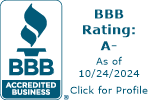Mastering Roofline Repair: Tips for a Perfect Fix
Are you noticing a sagging roofline or other damage? Roofline repair is essential for your home’s safety. This article will help you identify problems, understand causes, and find solutions.
Key Takeaways
- Identifying roofline issues early, such as sagging and visible deformities, is crucial to prevent significant structural damage and costly repairs.
- Regular maintenance, including debris removal and professional inspections, can help prolong the lifespan of your roof and maintain its structural integrity.
- Choosing appropriate roofing materials based on climate, durability, and budget is essential for ensuring effective roof protection and minimizing repair costs in the long run.
Understanding Roofline Issues
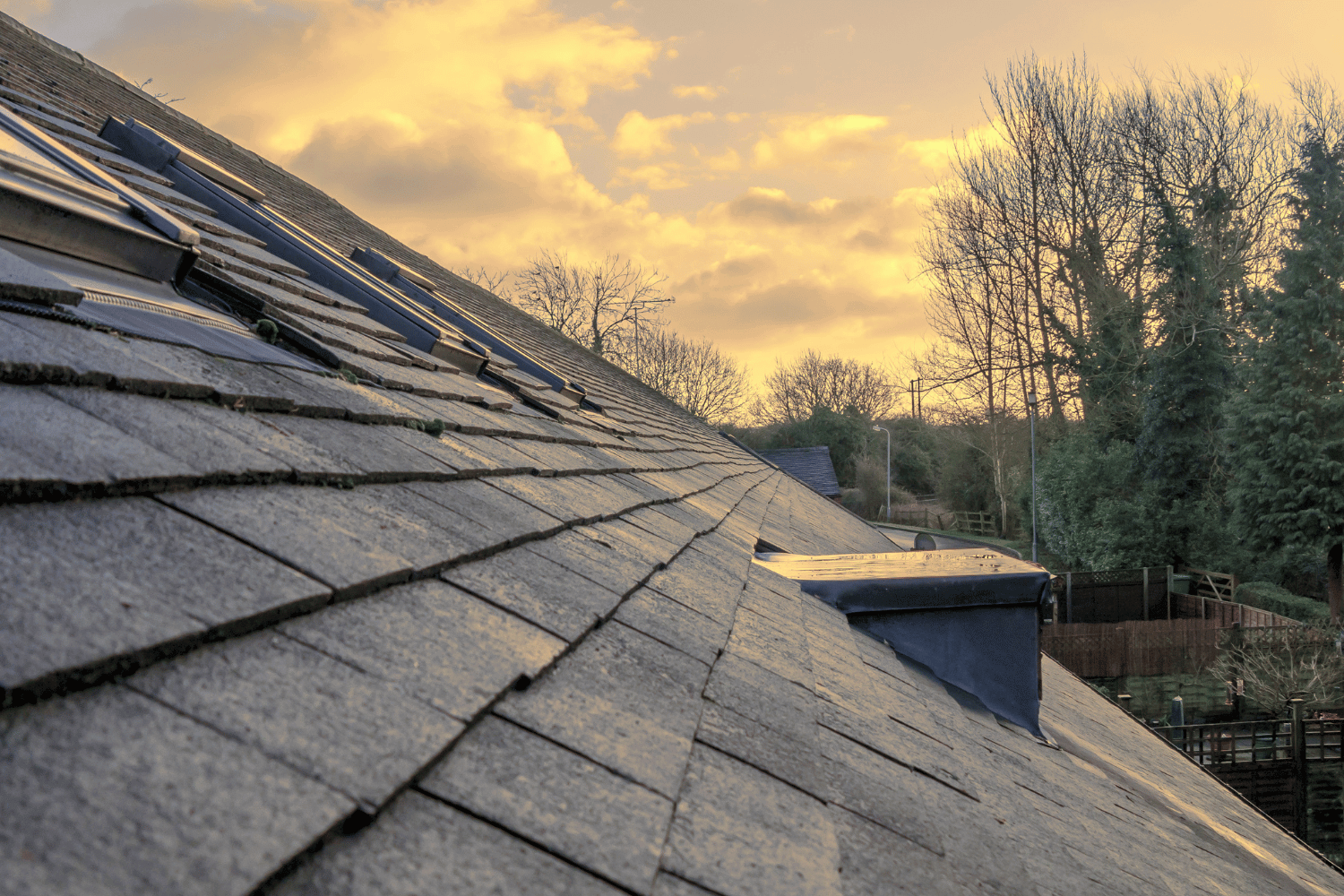
Roofline issues are often the first indicators of deeper structural problems within your home. Common signs include a sagging or uneven roofline, which can point to significant structural issues that need immediate attention. These signs should not be ignored, as they can lead to more severe damage over time. Recognizing these early warning signs allows for timely intervention and repair.
If you notice a sagging roofline, it could be due to inadequately constructed roof joints and rafters. Addressing these problems early with the help of a professional roofer can prevent the need for extensive structural repairs down the line.
Visible Deformities
Visible deformities such as dips, curves, and an uneven roofline are clear indicators of roofline problems. These common signs often point to underlying structural issues that, if left unaddressed, can lead to severe structural damage. Accumulated debris like leaves and branches can exacerbate these problems by creating blockages, leading to significant roof damage.
Addressing visible deformities promptly helps prevent further damage and maintains the structural integrity of your home.
Interior Damage Signs
Interior damage signs can be equally telling of roofline issues. Cracked or sagging ceilings, water stains, mold growth, and peeling paint are common indicators that your roofline may be compromised. Consistent dripping water inside the house is a severe sign of a roof leak. Even smaller issues like watermarks on the ceiling can signify a leaky roof and should not be ignored.
Mold on exterior walls and trapped moisture can weaken your roof, creating an environment conducive to mold growth and further structural damage. Acting on these signs quickly can avert extensive and costly repairs in the future.
Exterior Wall Separation
Separation of exterior walls often signals significant roofline issues. Gaps from roofline problems typically appear in corners or along the walls, indicating that the structural integrity of your home is at risk. The absence of a fascia board can also create a gap into the attic, which is usually against building codes and can further exacerbate roofline issues.
Addressing these gaps helps maintain your home’s structural stability.
Causes of Roofline Problems
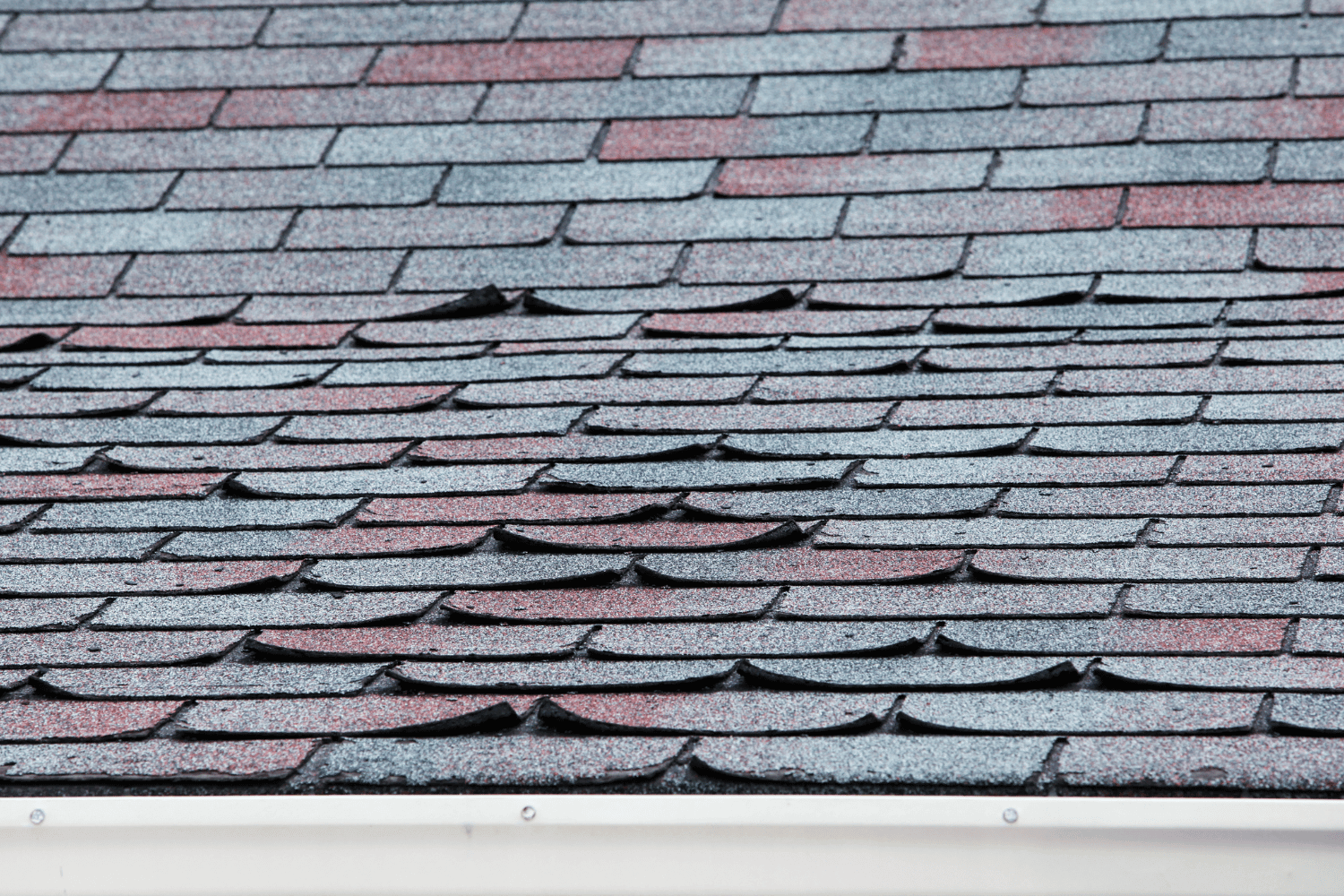
Identifying the causes of roofline problems is key to effective prevention and repair. Here are some common causes:
1. Excess weight from snow, ice, or debris, which can lead to a sagging roofline.
2. Water damage, often resulting from roof leaks that weaken the structural elements of your home.
3. Aging roofs that naturally deteriorate over time, leading to structural issues that manifest as a sagging roofline.
Each of these causes has unique implications for your roof’s health. For instance, the accumulation of heavy snow or ice can be particularly dangerous for flat roofs, causing shingles or tiles to come loose. Similarly, water entering through a compromised roof can lead to severe structural problems, mold, and mildew.
Excess Weight
Excess weight from snow, ice, and debris is a primary cause of sagging rooflines. Flat roofs are particularly vulnerable to debris accumulation, which can add significant weight and lead to structural issues. Homeowners should regularly remove snow, ice, and debris to prevent roofline problems and maintain the structural integrity of their homes.
Water Damage
Water damage is one of the most insidious causes of roofline problems. Roof leaks are the most common source of water damage in homes, leading to significant structural repairs if left unchecked. Water can enter your home through various pathways, such as wind-driven rain and cracks in siding. Regular inspections to check for old or missing caulk and cracked seals can help prevent these issues from escalating, including a leaking roof.
Unchecked water damage can lead to major structural problems, mold, mildew, and allergens, which not only compromise your home’s integrity but also pose health risks. Addressing water damage promptly through roof repair work and regular maintenance is essential to prevent further complications.
Aging Roofs
As roofs age, they naturally deteriorate, leading to various structural issues. Most roofs begin to show signs of significant wear and tear as they approach the end of their expected lifespan. The speed at which a roof line sags depends on factors such as roof age, material quality, and maintenance.
Regular inspections and timely roof replacement can help mitigate the effects of aging on your roofline.
Professional Roofline Inspection
Engaging a professional roofing contractor for a roofline inspection is crucial for accurately diagnosing and addressing roofline issues. Professional roofers have the expertise and tools necessary to conduct thorough assessments and identify potential problems before they escalate. If you notice signs of a sagging roofline, it’s essential to contact a professional roofing contractor immediately.
Attempting to inspect or repair your roof personally can be challenging and dangerous. Professional roofers not only enhance safety by reducing the risk of accidents but also ensure that all repairs are done to the highest standards. This professional approach helps maintain the structural integrity of your home and prolongs the lifespan of your roof.
What to Expect During an Inspection
During a professional roof inspection, experts conduct a detailed assessment of your roof’s condition to identify any necessary repairs. This comprehensive evaluation often involves modern technology, such as infrared cameras and drones, to enhance the inspection process and ensure no signs of sagging or damage are missed.
The goal is to provide an accurate diagnosis and recommend the best solutions for maintaining your roof’s health.
Tools and Techniques
Professional roof inspections involve various tools and techniques to ensure thoroughness. Inspecting nails on roof vents to ensure they are properly secured is crucial. Checking for cracks in plastic vents and broken seams on metal vents helps identify potential issues.
Roofing companies perform meticulous quality checks throughout the installation process to ensure compliance with safety and performance standards. This attention to detail ensures that any structural issues are promptly identified and addressed.
Roofline Repair Solutions
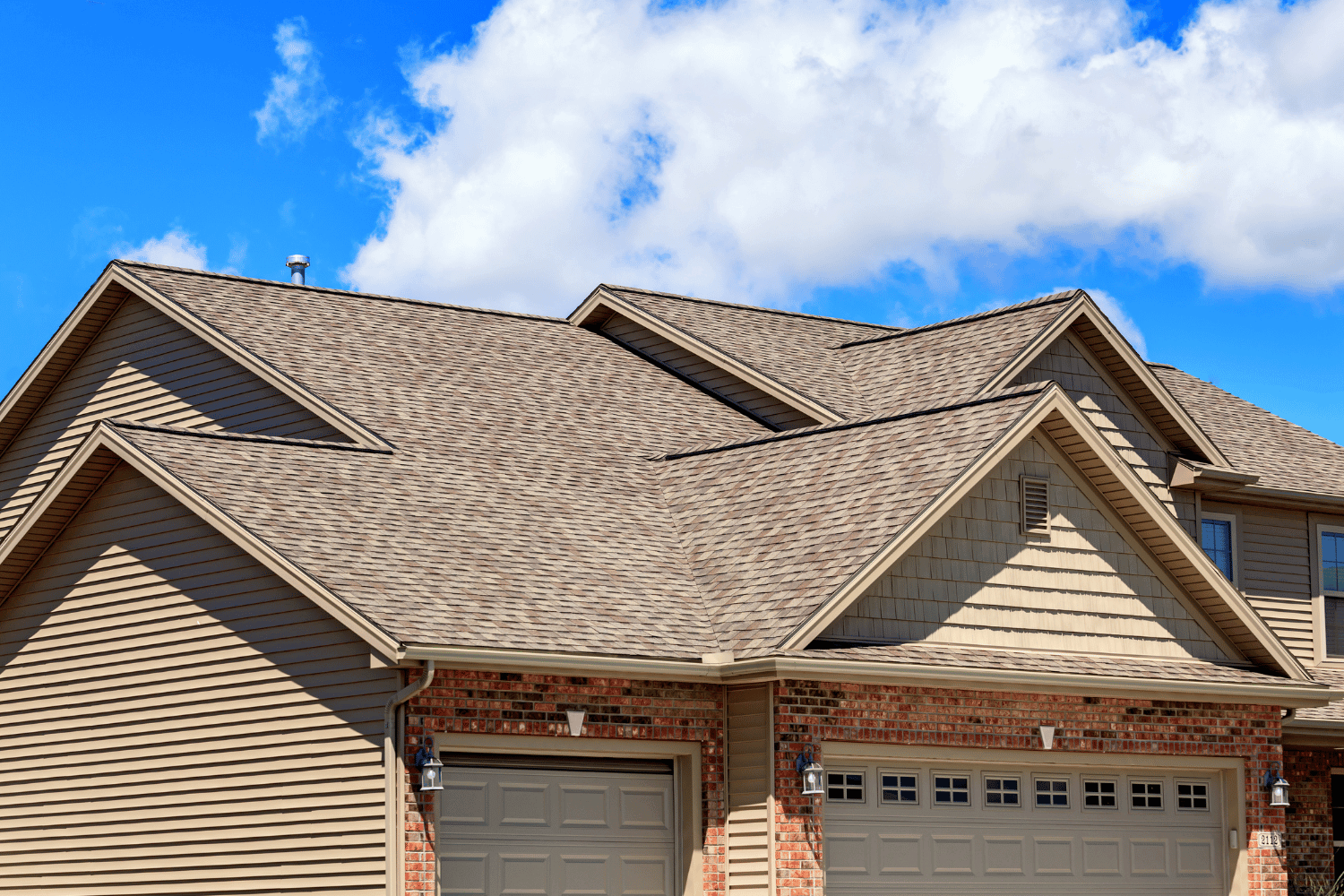
When it comes to fixing roofline issues, a professional inspection will help determine the condition of your roof and outline necessary repairs or replacements. For extensive repairs like fixing sagging roofs or structural repairs, hiring a professional roofing contractor is often the best course of action. If the damage is extensive or if the roof is over 20 years old, it may be more cost-effective to replace the roof rather than repair it.
The cost range for repairing a roof leak typically falls between $360 to $1,550, while the average cost for reroofing a home can range between $5,725 and $12,401. Hiring professional roofers ensures you have access to quality materials and expert techniques for long-lasting repairs.
Reinforcement Techniques
To strengthen a sagging roofline, additional support beams or trusses can be added. Consulting a structural engineer or a roofing professional is advisable. They can help determine the best approach for roof reinforcement. Reinforcing a sagging roof maintains structural integrity and prevents further damage.
This proactive measure can save you from more extensive and costly repairs in the future.
Foundation Repairs
Foundation repairs play a critical role in stabilizing a sagging roofline. Installing foundation piers can help stabilize the entire structure of a building, which directly alleviates stress on the roofline. By using foundation piers, the load is distributed more evenly across the foundation, reducing stress on the roofline and preventing further structural damage.
Fixing foundation issues improves building stability and prolongs the roof’s lifespan.
Reroofing Options
Reroofing is a comprehensive solution for extensive roofline issues. The process includes taking off the current roofing. Then, a new roof is installed. It’s essential to fix any underlying structural issues during reroofing to avoid future complications. Measuring and cutting the new fascia board correctly ensures a successful installation.
Most roofing jobs are completed in 3-7 days, depending on weather and roof complexity.
Preventative Measures for Roofline Health
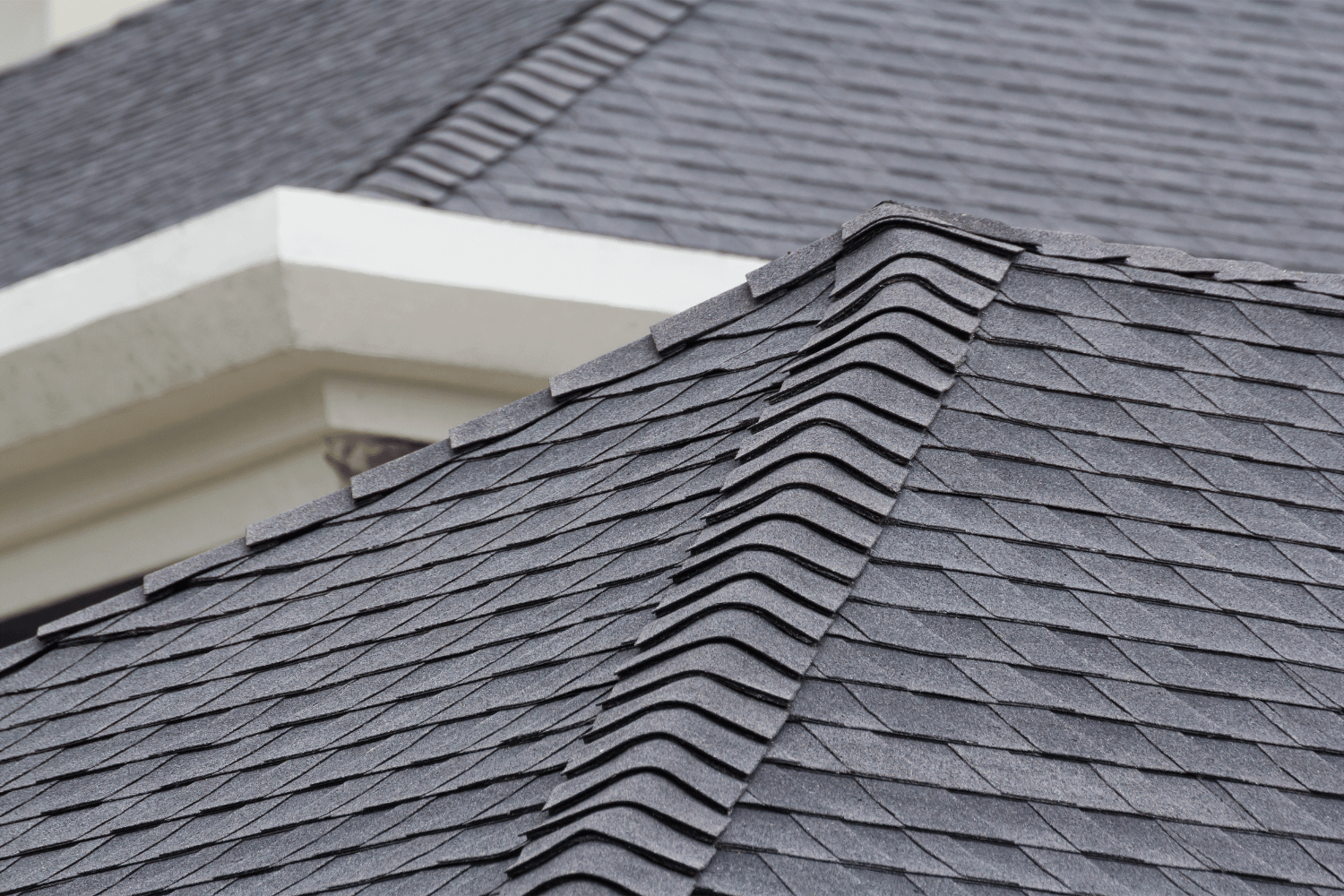
Preventative maintenance is key to ensuring roofline health and longevity. Consistent maintenance helps prevent sagging rooflines and other issues by identifying problems early. Engaging professional maintenance services can keep your roof in top condition and avoid larger, more costly problems. During routine inspections, actions such as repairing damaged shingles and clearing debris should be taken to maintain the roof’s integrity.
Consistent maintenance not only prolongs the life of your roof but also ensures that potential issues are spotted and addressed before they worsen. This proactive approach can save you from unexpected repairs and the associated costs.
Regular Maintenance
Performing regular maintenance and inspections is crucial to prevent roofline issues. Regular inspections help identify and mitigate roofline problems early, allowing for timely interventions. Homeowners should conduct routine inspections to avert roofline problems, addressing issues like damaged shingles or accumulated debris promptly.
Clearing snow and ice can prevent structural damage from excess weight.
Debris Removal
Keeping the roof clear of debris is essential to prevent excess weight and subsequent structural issues. Removing overhanging branches helps prevent damage to the roof caused by abrasion. Regular debris removal can protect your roof from unnecessary strain and extend its lifespan.
Proper Ventilation
Effective attic ventilation is crucial for maintaining the roof’s structural integrity. Proper ventilation helps prevent moisture buildup that can harm the roof structure. Inadequate ventilation can lead to structural damage due to moisture accumulation over time.
Proper attic ventilation protects the roof and extends its lifespan.
Choosing the Right Roofing Material
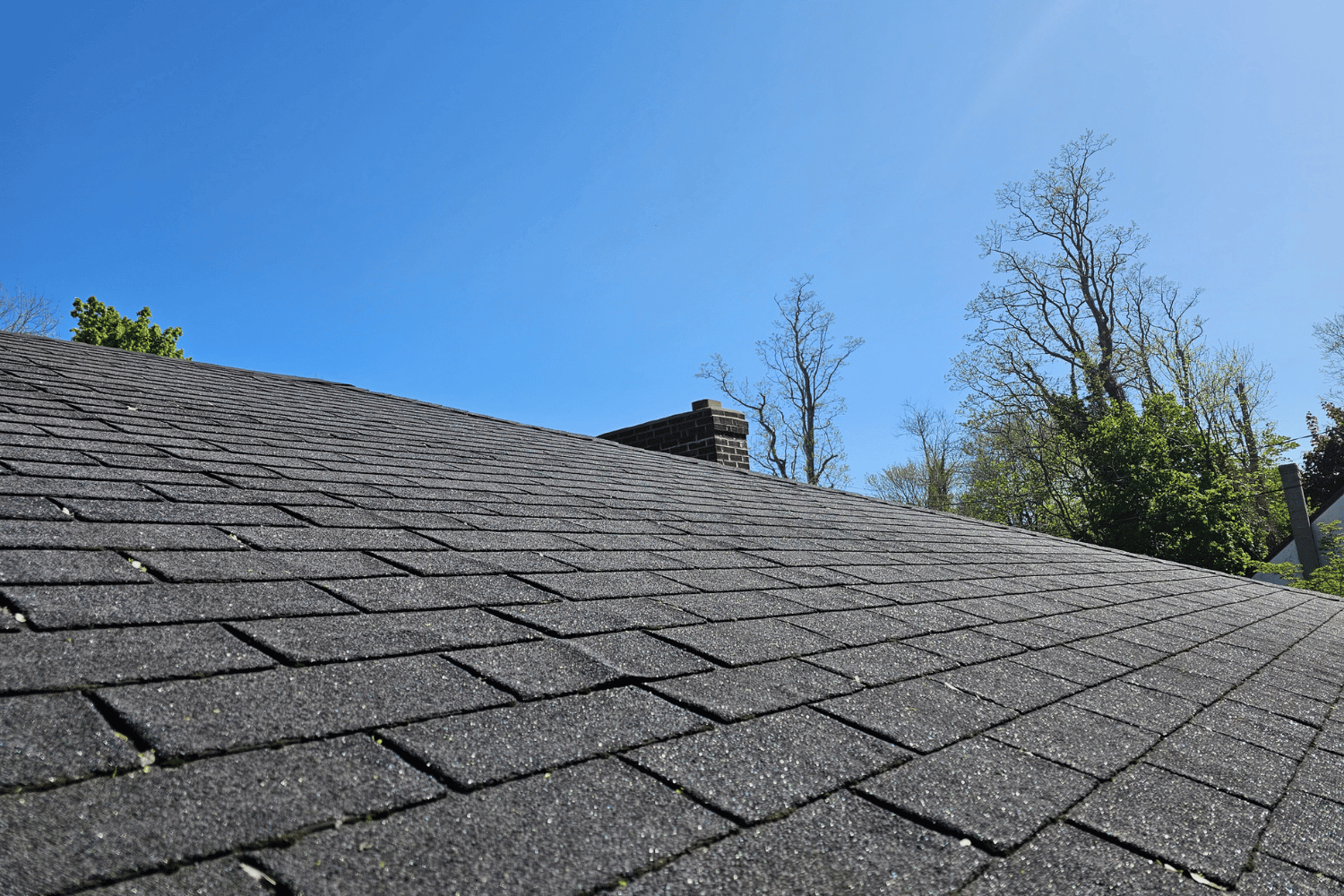
Choosing the right roofing material is a critical decision that impacts the durability and aesthetics of your home. Factors to consider include cost, durability, climate suitability, and design. Asphalt shingles are the most widely used roofing material in the U.S. due to their affordability and ease of installation. Roofing professionals often have access to high-quality materials at lower costs because they buy in bulk.
Functioning vents are crucial for extending the lifespan of roofing materials. Using durable and suitable roofing materials can prevent leaks and other issues, saving time and money in the long run.
Material Options
Various roofing materials are available, each with its benefits and considerations. Metal roofing, known for its durability and resistance to severe weather, is becoming increasingly popular, especially in storm-prone areas. Cedar roofing offers natural insulation and resists insect damage but requires treatment for fire resistance.
Composite roofing provides the appearance of natural materials like wood or slate but at a lower cost and weight. Asphalt shingles, with a typical lifespan of 15 to 30 years, are a popular choice due to their affordability.
Climate Considerations
Climate plays a crucial role in determining which roofing materials are most effective in protecting your home. Different climates require different roofing materials; for example, metal roofs are excellent for hot climates due to their reflective properties.
While some materials might be more durable in harsh climates, they can also be more expensive, impacting the overall budget for roofing projects.
Budget Factors
Budget is a significant factor when choosing roofing materials. Roofing repair costs can range from $400 to $1,600, depending on the extent of the damage. Flat roofing materials are generally the easiest and most affordable to repair. Homeowners should check their home warranty for specifics before signing.
Considering climate, roof type, and budget can help in selecting the most suitable fascia board material.
Why Hire Dream Home Roofers?
Hiring Dream Home Roofers ensures that your roof receives the expert care it needs. Getting multiple estimates can result in better pricing and informed decisions on roofing services. Scheduling repairs during the off-season can result in cost savings for homeowners. Additionally, homeowners should check their insurance policies to see if roof repair expenses can be covered.
Dream Home Roofers offers comprehensive roofing solutions, from initial consultation to quality assurance and financing options. Our experienced team ensures that your roofing project meets the highest standards, providing peace of mind and long-lasting results.
Expert Consultation
The initial consultation is a crucial first step in the roofing service process. During this consultation, experts visit your home to discuss roofing needs and provide guidance on potential solutions. The consultation accurately assesses your roofing needs, providing tailored advice and recommendations.
Quality Assurance
Quality assurance is a critical aspect of roof installation at Dream Home Roofers. Our team conducts thorough quality checks to ensure the new roof meets top standards. These checks ensure all installations meet the highest industry standards for safety and longevity.
By implementing strong quality assurance protocols, we achieve customer satisfaction with roofs built to last.
Financing Options
Dream Home Roofers offers various financing plans to accommodate different financial situations for homeowners. These plans allow homeowners to choose options that align with their financial situation for roof repairs.
We provide a no-obligation estimate and discuss financing options to fit your budget, ensuring that roof repair costs are manageable.
Summary
In summary, maintaining a healthy roofline is crucial for the structural integrity and aesthetic appeal of your home. Understanding the signs of roofline issues, identifying their causes, and taking preventative measures can save you from costly repairs. Dream Home Roofers offers expert consultation, quality assurance, and flexible financing options to ensure your roofing needs are met with the highest standards. Take proactive steps today to ensure your roof remains in top condition, and consider professional help for lasting peace of mind.
Frequently Asked Questions
What is the first step in the roofing service process at Dream Home?
The first step in the roofing service process at Dream Home is a consultation, where experts assess your home and discuss your specific roofing needs. This crucial meeting sets the foundation for tailored guidance and solutions.
What financing options does Dream Home provide for roofing projects?
Dream Home offers flexible financing options tailored to fit your budget, along with a no-obligation estimate for your roofing project.
How long does a typical roofing job take according to Dream Home?
A typical roofing job usually takes between 3 to 7 days, depending on factors such as weather and the complexity of the roof.
What factors should be considered when choosing roofing material?
When choosing roofing material, consider cost, durability, climate suitability, and design to ensure the best fit for your needs. These factors will help you make an informed decision that enhances both functionality and aesthetics.
Can roofs be replaced in winter or summer?
Yes, roofs can be replaced in both winter and summer, but extreme temperatures may necessitate additional precautions for optimal results. Always consult professionals to ensure suitable conditions for your specific situation.



